For many years I took the bus from Kladow to Spandau. If you had a window seat at the top of the BVG double-decker, you could see a tower in a small strip of forest. Time to take a closer look at the Jaczoturm after many years.
The Jaczoturm
A small path leads into the wooded and wonderfully shady Jaczo Gorge in Gatow. Here is a 4 meter high tower, which at first glance suggests that a castle must have once stood here. But if you look closer you will see that it is a pseudo ruin. The tower was built there on purpose by an unknown person in 1914 – but why?

The Jaczo Tower was built of rough limestone blocks and crowned by 13 battlements. The ravages of time have visibly gnawed at this structure. The stone looks crumbly, moss grows everywhere and unfortunately there is also damage due to vandalism.


We walk around the tower and discover a relief. On it, Prince Jaczo is depicted with his horse. He looks around as if he is fleeing from something. In one hand he holds a shield, in the other a spear. Should it have something to do with this prince? Under the relief you can see remains of an inscription. A second relief shows a bear in a coat of arms.
The tower is listed as a historical monument.

Who was Prince Jaczo?
Jacza, Jaxa or Jaczo of Köpenick was a Slavic prince who lived from 1125-1176. Historical research claims that he was also known as Jaska of Miechów. He is said to have acquired great influence in the area of Krakow, Silesia and Lublin by marrying into a family. In the middle of the 12th century he was the lord of the castle and prince of Copnic, today’s Köpenick.
It is known that from 1150-1157 the prince Jaczo fought with Albrecht the Bear for supremacy on the Havel and Spree rivers. In 1157 Albrecht the Bear won and laid an important foundation for the existence of the Mark Brandenbrug.
Legend about the escape of Prince Jaczo
Jaczo Tower stands in a small gorge, which has a direct connection with the Havel River. Today, a hiking trail leads to the river.

More than 860 years ago, the path will not have been so well fortified. Nevertheless, Prince Jaczo with his two companions on their horses apparently took this path after the defeat in Kladow while fleeing from Albrecht the Bear and fled to the Havel.

There the riders fell into the water together with their horses and wanted to flee across the Havel.

The prince’s horse was already very exhausted from the flight and it was in danger of drowning. The prince held his shield high above his head and begged the Christian God, whom he actually hated, to save him. Suddenly, it seemed to him that a hand grasped his raised shield and held him above water. Even his horse seemed to feel this additional force and, exhausted, reached the saving shore on the other side of the Havel.
Prince Jaczo got off his horse and swore allegiance to the Christian God. In gratitude, he hung his shield in an oak tree. According to legend, this is how the name Schildhorn was “born” for the section of the riverbank.
The monument on the Schildhorn
King Frederick William IV must have liked the legend. He had a memorial column erected on the Schildhorn headland in 1844. He is said to have made some drawings himself, which were used to design the monument. The commissioned architect had to adapt his ideas for the design to the king’s wishes and so in 1845 a sandstone column was erected on an elevation on the Schildhorn headland.

The monument represents a stylized oak tree, the crowning cross symbolizes Jaczo’s turning to the God of Christians. A round shield found a place in the upper third of the column.

Later one fastened still another inscription in märkisch-plattdeutscher dialect to pedestal:
Grot Wendenfürst, dorch Dine Mut
Es hier dat Denkmal obgebut,
doch hite geft kin Fersten mehr,
De drever swemmt mit Schild und Speer.
Translated, the text reads:
Great prince of the Wends, through your courage
this monument was built here,
but today there is no longer a prince,
who swims above it with shield and spear.

In 1945, unfortunately, the monument was destroyed. After the war, apprentices from the Senate’s own stonemasonry workshop in Dahlem succeeded in reconstructing the column with the help of photographs and a few pieces of rubble. The inscription was not reattached.








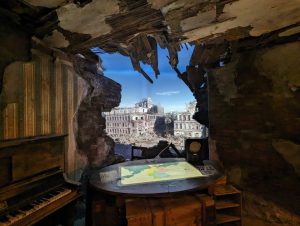






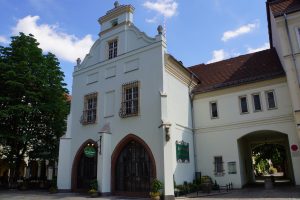

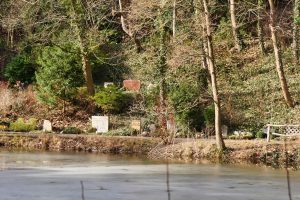
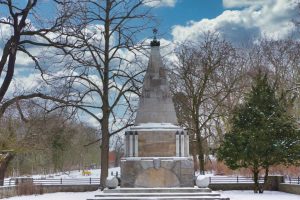





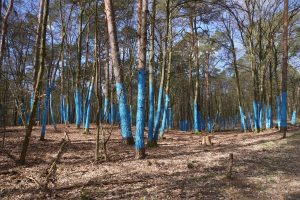




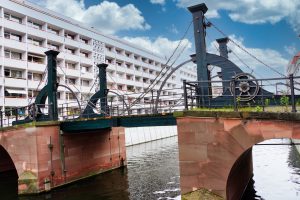
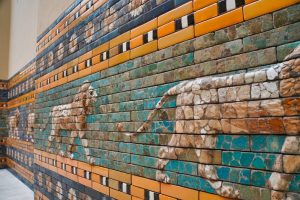



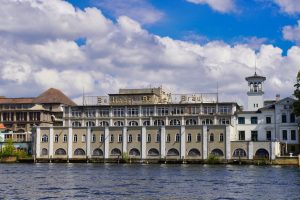









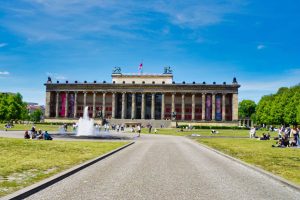





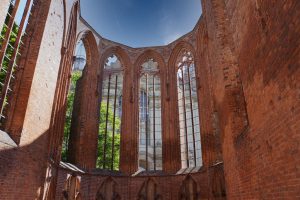

























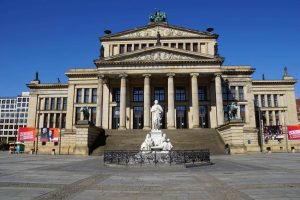







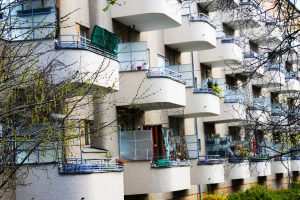










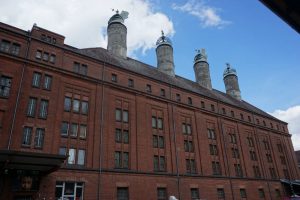





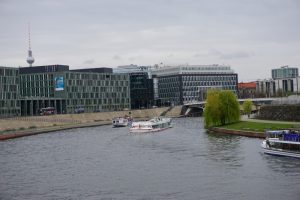









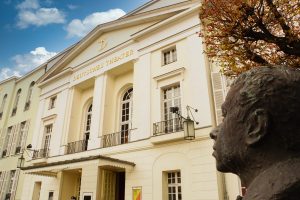


















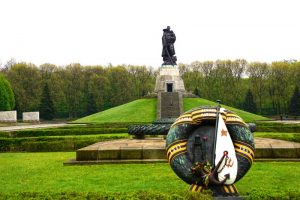














Leave a Reply